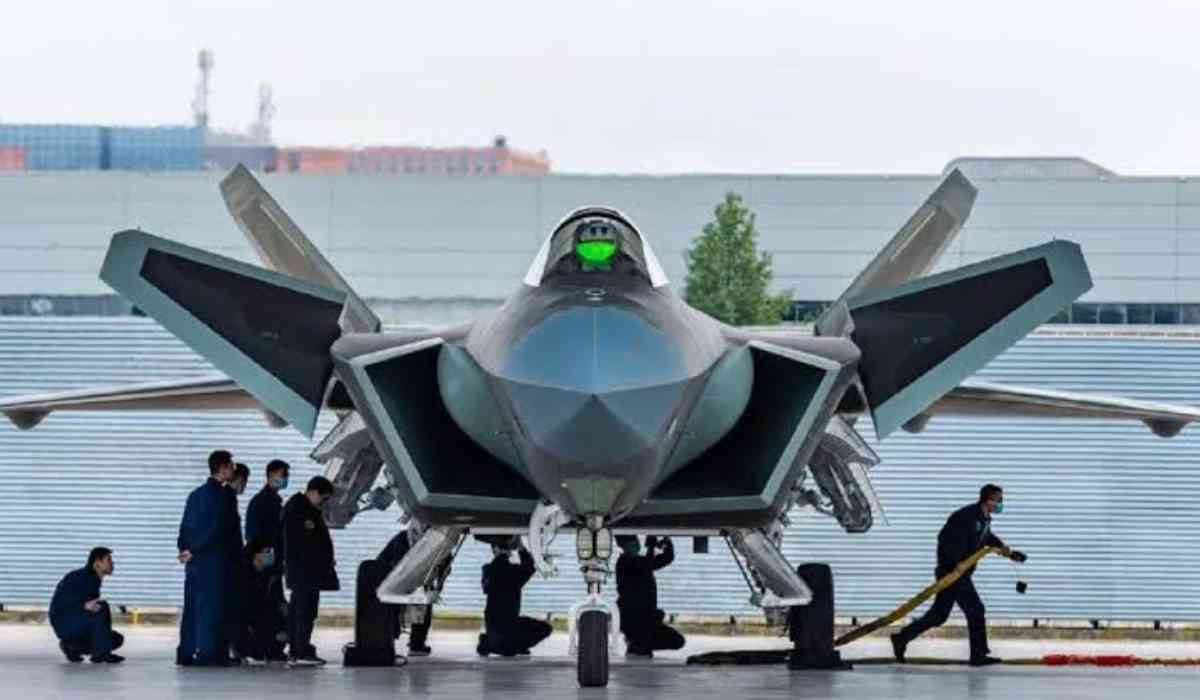China has deployed the most advanced J-20 stealth fighter jets near the boundary with India in Sikkim, as revealed by the recent satellite images gathered on May 27.
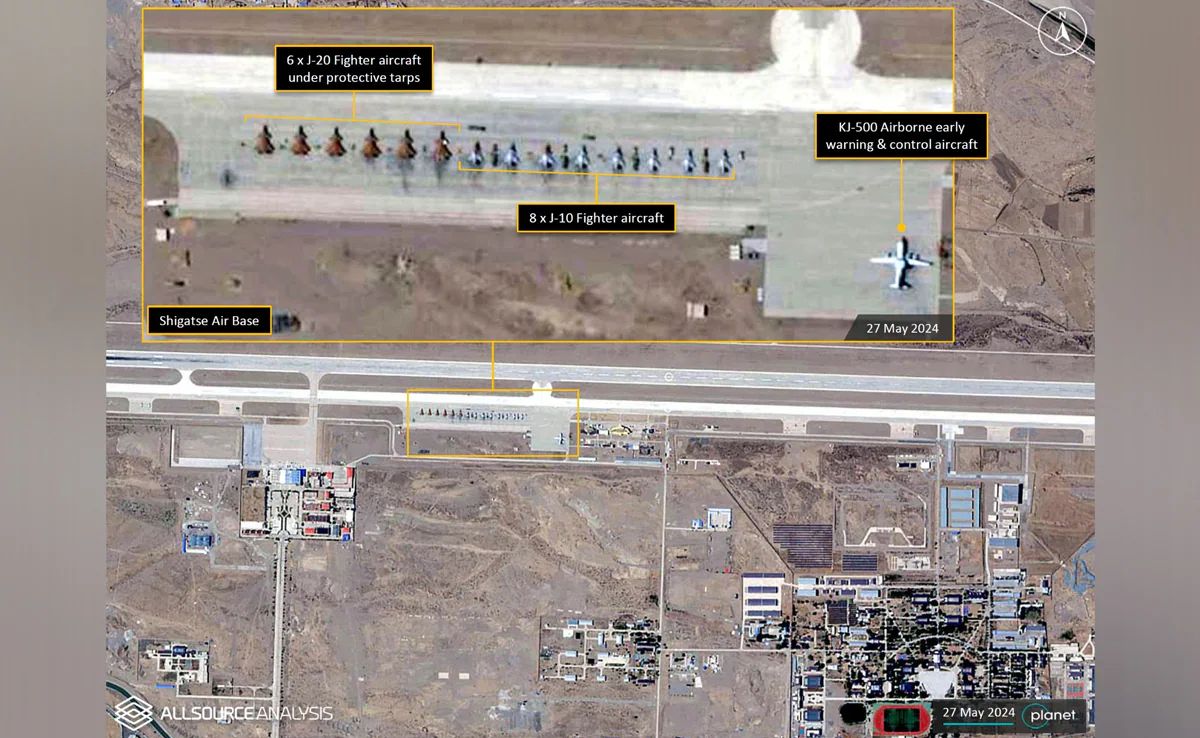
The image has been reproduced with permission from All Source Analysis, a firm that looks at Geospatial Intelligence, often from satellite imagery.
As reported by NDTV, The satellite images show six J-20 fighters on the flight-line at Shigatse, a dual-use military and civilian airport in Tibet. At an altitude of 12,408 feet, Shigatse is among the highest airports in the world, posing unique operational challenges and strategic advantages.
Deployment near India- China Border
This deployment of fighters by China less than 150 kilometers from the Indian border. A KJ-500 Airborne Early Warning and Control Aircraft is also visible in the imagery, which strengthens China's early-warning and surveillance capabilities in the area.
China’s strategic aim to improve air power projection capabilities along the Line of Actual Control (LAC) with India is indicated by the deployment at Shigatse.
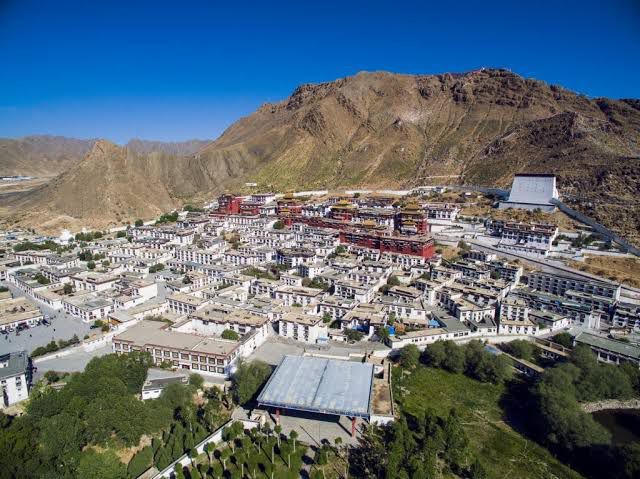
According to VP for Technology and Analysis at All Source Analysis,
"Seeing these aircraft appear at Shigatse in Tibet positions them on a deployment outside of their normal areas of operations and within proximity of the Indian border."
The J-20 Stealth Fighters
- Chengdu J-20, popularly referred to as the Mighty Dragon is the most sophisticated operational fighter aircraft in China.
- J-20 is a twin-engine stealth fighter that was unveiled in 2017 with the goal of achieving air superiority.
- The J-20, with its sophisticated sensors and stealth qualities, is packed with cutting-edge air-to-air missiles, such as the PL-15, which can engage targets up to 300 kilometers away.
- China has became the third nation in the world to field stealth fighters for combat purposes, following the United States and Russia.
- China’s operational fleet of J-20s is estimated to be around 250.
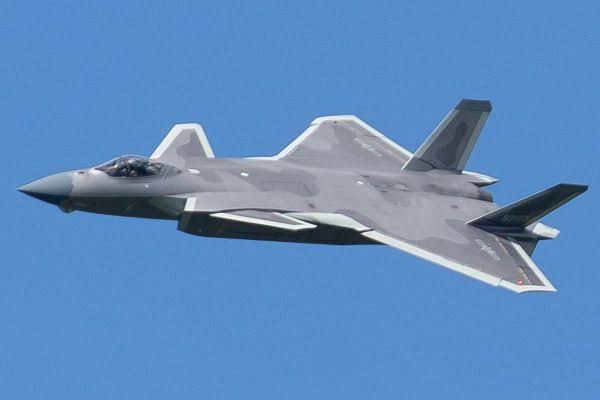
India's Response
The Indian Air Force (IAF) has acknowledged the presence of the J-20s but has refrained from commenting publicly on their deployment.
India uses its 36-strong fleet of French-built Rafale fighters to counter the J-20; eight of these aircraft are currently in Alaska participating in advanced air combat training with the USAF.
Moroever, India bases its second squadron of sixteen Rafales at Hasimara in West Bengal, less than 290 km away from Shigatse. This close proximity highlights the possibility of prompt deployment and reaction in the event of intensifying hostilities.
Largest Deployment till date
The region has a history of J-20 deployment, previously observed in Xinjiang’s Hotan prefecture between 2020 and 2023.
But what is concerning for India is that this current deployment in Shigatse is believed to be the largest spotted through commercially available satellite imagery to date.
Over the past five years, China has systematically built up its air power capacity in Tibet and other areas near the Indian border, including constructing new air bases and upgrading infrastructure at existing ones.
Alongside the J-20, China has deployed other advanced aircraft, such as the H-6 nuclear-capable bombers, to these regions, at least temporarily.
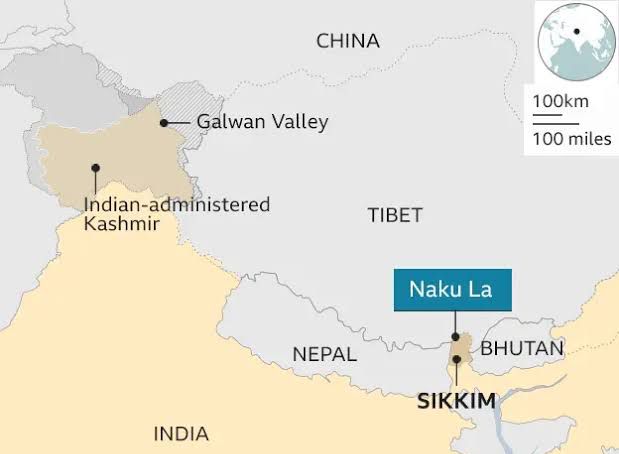
Photo: BBC
India’s efforts to enhance defence
In response to China’s airfield expansion and advanced aircraft deployments, India has significantly upgraded its own airbases. This includes the construction of hardened shelters for its aircraft and the expansion of tiered surface-to-air missile defenses.
India has deployed the Russian-built S-400 long-range surface-to-air missile system in eastern India, capable of tracking stealth platforms. This deployment aims to deter offensive Chinese fighter sweeps along the Line of Actual Control (LAC).
Overall, The presence of advanced fighter jets and enhanced missile defences near the India-China border shows the growing military tension between the two countries. Both India and chin are making efforts towards enhancing their military capabilities. This region thus remains a critical flashpoint with implications for broader regional stability.
Photo Credit: Multiple Sources
(Inputs from Agencies)
Ⓒ Copyright 2024. All Rights Reserved Powered by Vygr Media.

